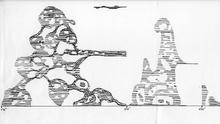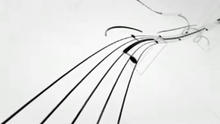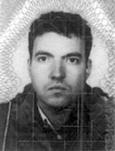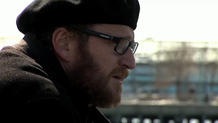Synchronous Objects
(2009)is an interactive exploration of choreographer William Forsythe's One Flat Thing, reproduced. It has received international recognition.
Synchronous Objects was recently selected as a finalist for the Adobe MAX Awards and featured at TEDxColumbus. It is the result of a collaboration between The Forsythe Company, based in Germany, and researchers at The Ohio State University from design, dance, computer science, geography, statistics and architecture who work together at OSU's Advanced Computing Center for the Arts and Design (ACCAD). Maria Palazzi (ACCAD/ Department of Design), Norah Zuniga Shaw (ACCAD/ Department of Dance) and William Forsythe (The Forsythe Company) served as creative directors for the project.
Source: Synchronous Objects
The website (you can access it at synchronousobjects.osu.edu) is rather like the man. It is highly theoretical, but also enormous fun and creates beautiful things. Forsythe intends this to be the first step in a Motion Bank that he will invite other choreographers to contribute to.
"This project is not so much for the dance world, though I wish I had had it when I was 15. But it is important that we can now disseminate expertise. Before we couldn't watch a dance play and watch the ideas explicated at the same time. Now with digital media we can."
Seeing Forsythe's dancers move online, with multi-coloured algorithms tracing their interaction, you do understand better the tautness of the ideas that underlie his work. It is the primacy he gives to concepts that makes him as much a visual artist – he is showing a new work at this year's Venice Biennale – as a conventional choreographer.
He tells the story of an American blogger who criticised the fact that he was interested in ideas, not emotion. "I wrote to her to say that I just happen to be one of a group of people to whom ideas give pleasure and there are lots of us out there, believe me. If dance is only going to stage stories, then dance is going to relegate itself to the status of children's books. Dance is a good field. It shouldn't be relegated there."
Source: Telegraph







